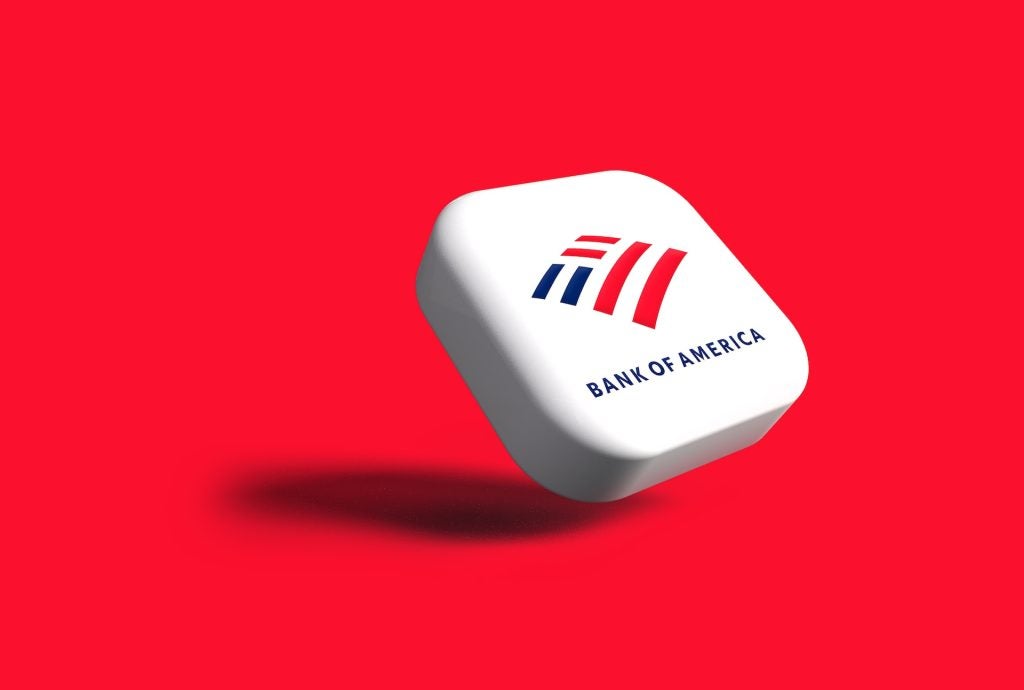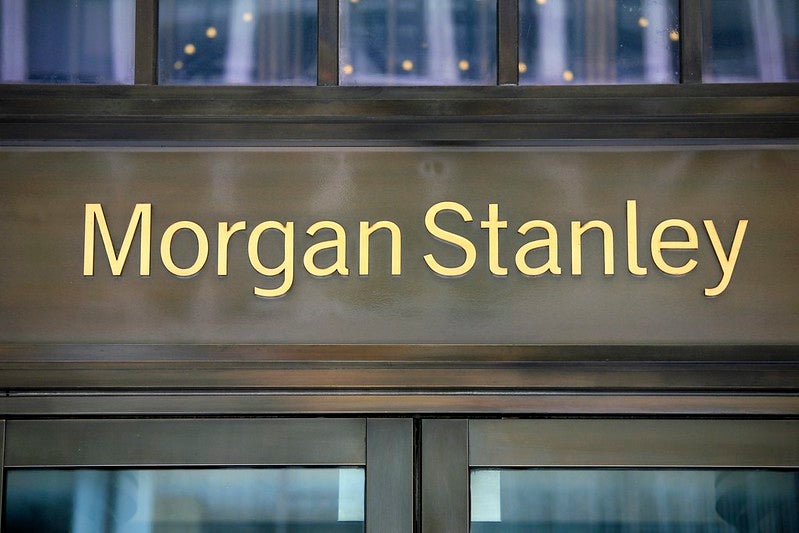Can philanthropic giving among the high net worth
survive the great downturn? An acknowledged industry expert,
Maximilian
Martin, global head and managing director at UBS
Philanthropy Services, looks in this article at the issues and
opportunities presented by the current environment.
The scale of the current financial market
meltdown and the reach of its impact on philanthropy raise deep
concerns. Philanthropists need to acknowledge the cyclicality of
the economy and adopt a dynamic perspective on investment and
charitable spending. Those who do will emerge stronger, driving
greater impact.
Based on what we know about philanthropy’s
historical record, we cannot simply conclude that there is nothing
to worry about, and that no adjustment is required. There are three
reasons. First, we have to accept that there is less money around
in the short run, and that the current recession could be quite
deep.
Second, inferring future developments from
past events is a logical fallacy. Finally, individual experiences
may differ from overall or average experiences; every foundation
needs to take a particular perspective on world events and their
implications for investing and project work.
A focus on first principles is the best bet to
steer philanthropy safely. Ultimately, any foundation needs to
strive for external balance, defined as the constant real,
inflation-adjusted value of the endowment after payouts, as well as
internal balance, defined as meeting its commitments to social
projects.
As all asset classes have fallen, it seems
that the super endowment investment strategy, practiced by the
likes of Harvard, Yale and a handful of other US universities,
which pioneered a more aggressive, multi-asset class style of
investing, has unwound.
How well do you really know your competitors?
Access the most comprehensive Company Profiles on the market, powered by GlobalData. Save hours of research. Gain competitive edge.

Thank you!
Your download email will arrive shortly
Not ready to buy yet? Download a free sample
We are confident about the unique quality of our Company Profiles. However, we want you to make the most beneficial decision for your business, so we offer a free sample that you can download by submitting the below form
By GlobalDataBut it is too early to tell whether the
premise that endowments are the ultimate long-term investors and
can in fact ride out market downturns and liquidity droughts will
prove incorrect in the long term. For now, the more conservative
investment practices of Europe seem to be bearing fruit, especially
where they are heavily weighted toward holding AAA rated government
bonds of countries not vulnerable to sovereign debt default.
So, more conservatism is part of the answer –
but a more comprehensive, dynamic perspective is ultimately
required to ensure philanthropy overcomes the downturn. The
individual philanthropist and foundation ought to consider four
points.
First, take measures to prepare for
positive and negative shocks. This includes policies to build
up and draw down reserves, to periodically review strategic asset
allocation as a function of market conditions and a mechanism to
surface events with disastrous tail risk for the foundation.
Rather than feeling overwhelmed, it is best to
accept that volatility and non-linearity are a fact of life, and
seek to reap the benefits. Nonlinear change is the key driver of
human progress; the beauty of philanthropy is its ability to pursue
a personal agenda for the public good in historical time, well
beyond the limitations of biographical time.
We are currently entering a new sustainability
age that will undoubtedly offer great challenges and opportunities.
To be positioned to influence these trends and the public good, it
is important to take the long view – and adopt a philanthropic
footprint that the foundation is able to finance in both the short
and in the long term.
Expenditure adjustment
inevitable
Second, be aware that
expenditure adjustment and expenditure switching are ultimately
inevitable. When your foundation is no longer in external and
internal balance, act accordingly. How deeply an endowment is
affected by a downturn is contingent on its strategic asset
allocation. Provided there is some margin to manoeuvre, the timing
of project funding adjustments should not be determined exclusively
by changes in asset values, but also by looking at the positions in
the project portfolio.
Are there exceptional opportunities to get
social value for money during a downturn? What are the implications
of discontinuing a program, for the foundation’s reputation and its
ability to get access to the best projects going forward?
A linear cut across all funding areas is
simple to do and easy to communicate, but rarely the right
adjustment response. Instead, one needs to assess where cutting
funding creates the least negative social impact. Of course, for a
foundation whose payout depends, say, 80 percent on dividends from
founder stock, or which has lost half of its endowment, this
discussion may seem theoretical. There is very little to
distribute.
But the foundation should then take measures
to be in better shape at the next downturn, namely by building
reserves, formulating a realistic financial and social investment
policy, and by appointing people to its board with the expertise to
make competent investment decisions in a dynamic market
environment, or outsourcing the function altogether.
Third, recognize that a foundation
endowment is not just a source of payouts, but can be a direct
“lever” of change. In a convoluted way, the current fall in
endowment assets represents an opportunity to direct attention to
this important endowment issue. Given lower anticipated funding,
the need to use the endowment to generate positive social change
directly is now greater.
Such “impact investing” – into assets such as
microfinance, health care or education for the poor to name a few –
holds promise for being a useful lever of change in a time when
there is less money to spend.
While the impact investing field is still in
its infancy, it will likely help create a viable social capital
market in the long-term. Innovative foundations would do well to
promote that market, providing an alternative to maximizing returns
on the endowment, to generate long-term impact.
Strategic payouts
Finally, be strategic about
payouts. Financial resources are always very limited in
relation to humanity’s social and environmental challenges at hand,
in good times as well as in bad times. This means that a foundation
should not compromise on obtaining leverage and impact with the
projects it funds.
Social and environmental projects with the
biggest bang for the buck and rewarding excellence in results with
more attention and resources is the best way to achieve something
meaningful with what is paid out. This requires a disciplined
approach that rewards results rather than relationships.
In a downturn, there may be even more
opportunities to make a difference at reasonable cost – and some
philanthropists choose to step up the game just then.







